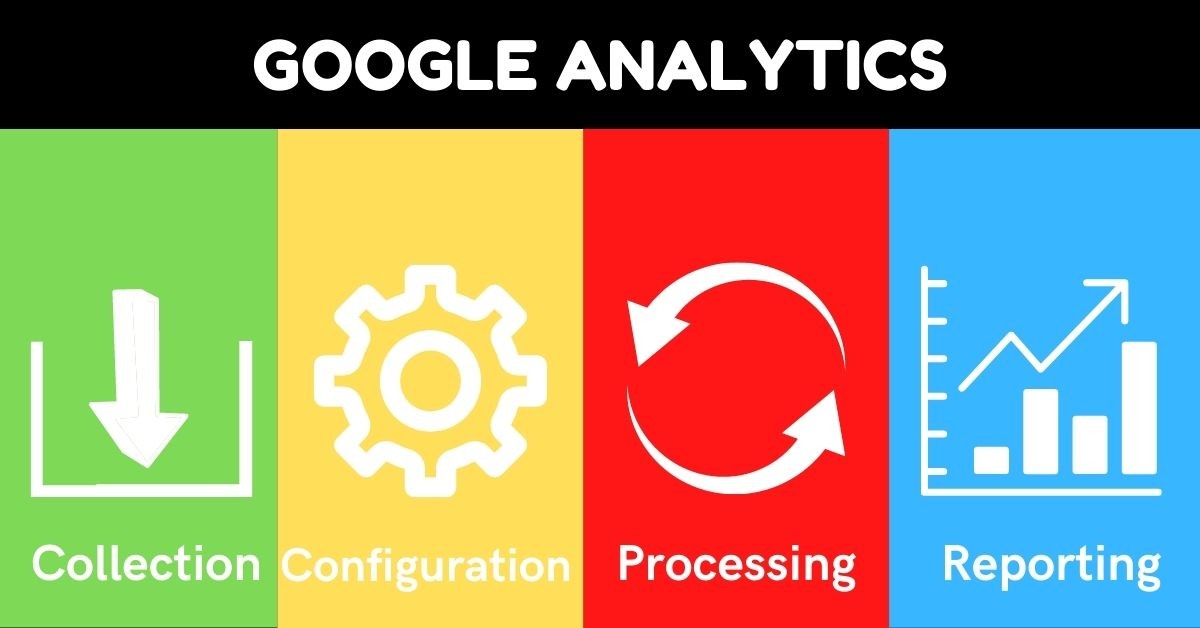Veve Vortex: Exploring the Latest Trends
Stay updated with the latest in news, tech, and lifestyle.
Decoding User Behavior with Google Analytics Jargon
Unlock the secrets of user behavior using Google Analytics jargon! Transform data into insights and boost your online strategy today!
Understanding Key Metrics: A Beginner's Guide to Google Analytics Terminology
Understanding Google Analytics terminology is essential for anyone looking to track and optimize their website's performance. As a beginner, it's crucial to become familiar with key metrics that provide insights into user behavior and website traffic. Some of the most important metrics include Pageviews, which counts how many times a page is viewed, and Unique Visitors, which measures the number of individual users visiting your site. Additionally, Bounce Rate is a critical metric that shows the percentage of visitors who leave your site after viewing only one page, indicating how effectively your content engages users.
Another vital aspect of Google Analytics is understanding user acquisition sources. This includes metrics such as Organic Search Traffic, which tracks visitors coming from search engines, and Referral Traffic, which counts users who arrive via links from other websites. By analyzing these key metrics, you can better optimize your content strategy and improve overall performance. Remember, the more you understand these terms and metrics, the better equipped you'll be to make data-driven decisions that enhance your website's effectiveness.

How to Decode User Behavior: Everyday Google Analytics Jargon Explained
Understanding user behavior is crucial for optimizing your website's performance and enhancing user experience. Google Analytics provides a rich vocabulary that can be daunting for newcomers. To decode this jargon, start with key terms like Sessions and Bounce Rate. A session represents a period of user interaction with your site, while bounce rate indicates the percentage of visitors who leave after viewing only one page. Familiarizing yourself with these terms can help you grasp how users navigate your site and where improvements are needed.
Another important aspect to consider is Conversion Rate, which measures how well your site encourages users to complete desired actions, such as filling out a form or making a purchase. To track this, set up Goals within Google Analytics that align with your business objectives. Using Event Tracking to monitor interactions with specific elements, like buttons or videos, can also provide deeper insights into user engagement. By breaking down this jargon, you can effectively tailor your content and marketing strategies to better serve your audience.
What Do Bounce Rate and Session Duration Really Mean for User Engagement?
The bounce rate and session duration are two critical metrics that digital marketers use to assess user engagement on a website. The bounce rate measures the percentage of visitors who leave the site after viewing only one page, suggesting that they didn’t find what they were looking for or were not engaged enough to explore further. A high bounce rate often indicates that improvements are needed in content quality, page load speed, or user experience. Conversely, a low bounce rate generally signifies that visitors are finding your content valuable, prompting them to explore additional pages.
On the other hand, session duration refers to the average time a user spends on your site during a single visit. This metric is equally important for understanding user engagement, as longer sessions typically imply that visitors are interacting with your content, which can correlate with higher conversion rates. Factors such as engaging visuals, compelling calls-to-action, and relevant information can significantly enhance session duration, leading to increased user satisfaction. In summary, both bounce rate and session duration provide valuable insights into how effectively your content resonates with your audience and where improvements can be made.